Willafjord is the Shetland reel often played in Scottish sessions with Spootiskerry. This tune is in Tom Anderson’s Haand me doon da fiddle (1981) tune book, where he writes (in dialect):
If du imagines some een gaen wij wan fit ida stank an de idder een on a broo an gaein a lunk as dey go alang, dat’s da kind o’ syncopated rhythm du haes to get whin du plays dis een.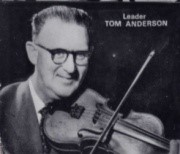 Tom Anderson (1910-1991) was a great Shetland Isles tune collector, and well-known in the north as the “savior of Shetland’s musical heritage.” He acquired this nick-name for good reason. He is the first leader of the Shetland Fiddlers Society (known as “Da Forty Fiddlers”); and in 1981 he started a group that was called “Shetland’s Young Heritage” (also known as “Tammy’s Peerie Angels”), which promotes Shetland fiddle music among younger generations. The group has since dropped the “young” from the name and is now just called Heritage Fiddlers. It’s not that they don’t have any young members, it’s just that as they say “wey couldna git awa wi da young bit onymare so wir noo kent as Shetland’s Heritage Fiddlers.” The young players in 1981 are just a bit older now. He was also the fiddle teacher of many great players, including Catriona McDonald and the world renowned Aly Bain, teaching traditional Shetland tunes such as “Da Da Slockit Light,” “The Silvery Voe,” “Spootiskerry,” and “Unst Bridal March.”
Tom Anderson (1910-1991) was a great Shetland Isles tune collector, and well-known in the north as the “savior of Shetland’s musical heritage.” He acquired this nick-name for good reason. He is the first leader of the Shetland Fiddlers Society (known as “Da Forty Fiddlers”); and in 1981 he started a group that was called “Shetland’s Young Heritage” (also known as “Tammy’s Peerie Angels”), which promotes Shetland fiddle music among younger generations. The group has since dropped the “young” from the name and is now just called Heritage Fiddlers. It’s not that they don’t have any young members, it’s just that as they say “wey couldna git awa wi da young bit onymare so wir noo kent as Shetland’s Heritage Fiddlers.” The young players in 1981 are just a bit older now. He was also the fiddle teacher of many great players, including Catriona McDonald and the world renowned Aly Bain, teaching traditional Shetland tunes such as “Da Da Slockit Light,” “The Silvery Voe,” “Spootiskerry,” and “Unst Bridal March.”
As for this tune, Anderson reports that “Willafjord” was called a “whalin’ reel,” since it was brought back by Shetland fiddlers from their late nineteenth century arctic and Greenland whaling expeditions – there were a lot of fiddlers from many countries that were employed in the whaling industries in those days. The tune has some striking similarities to “The Kilfenora Reel,” so be careful to listen closely when either of these tunes start. Of course, until the beginning of the nineteen century the Shetland Islands had a unique kind of fiddle.
Called a “Gue,” it was a fiddle-like instrument but had just two horsehair strings and was played upright. Though its origin is still under investigation, it seems related to the Welsh Cwrth, the Icelandic Fidla, the Norse Gigla, and even the Inuit Tautirut. The Gue played a pivotal role in Shetland society for centuries, and was replaced by the fiddle about the middle of the nineteenth century. Unfortunately, the Gue players were lost to ethnomusicology. Willafjord has since become ensconced in the Shetland repertoire, in fact becoming a standard and favorite of the genre. Anderson further reports that Willafjord is played in Newfoundland and Cape Breton using the same bow strokes as in the Shetlands. Now, Shetland music is, as Chris Haigh has written, comprised largely of reels:
They are usually played fast, and may be ornamented by little triplets known as “shivers” and by the occasional droning of open strings-giving a bright ringing sound reminiscent of the hardangefele [Hardanger Fiddle] of Norway. Traditional reels are often in simple repeated 4-bar sections, suitable for accompanying the dancing of the 16-bar Shetland Reel. Examples include “If I get a bonny lass” and “Jeannie shock da bairn.” The backing, often on piano or guitar, uses a rich vocabulary of passing chords and running bass lines more often seen in jazz. There is a distinctive and highly infectious swing to Shetland reels, and “Willafjord,” for example, is a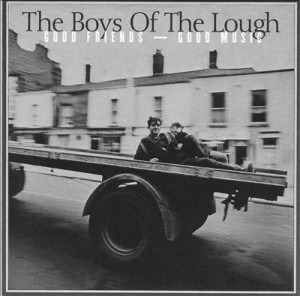 tune full of syncopation.
tune full of syncopation.
Oh, by the way, in the above transcribed dialect (top), Anderson is saying of “Willafjord”: “If you imagine someone going with one foot sunk (in a ditch) and the other on a rail, lurching as the go along, that’s the kind of syncopated rhythm you have to get when you play this tune.” (This is one reason why it’s good to keep reading!) Tom Anderson’s 1981 tune book was put together with the assistance of Pam Swing, a folklorist and applied creative anthropologist from Brandeis University[2] who maintains an active connection with Greenfire Women’s Retreat in Main. During her research in the Shetlands she and Tom Anderson used to play “parts” on many of his compositions along with other Shetland standards when they used to teach traditional music in Shetland Isles schools (as in Ireland, playing in two octaves is not wholly unknown in the Shetlands) — see Pamela Swing, “Teaching Traditional Fiddle in Shetland Isles Schools,” Folklife Annual 88-89 (1998): 86-99. Other Tom Anderson tunes that have become session favorites include the strathspey “Christmas Day In da Morning,” and the reels “Da Rodd ta Houll,” “The Bonnie Isle O’ Whalsay,” and “Far From Home,” the last of which was recorded by the Boys of the Lough (with Tom Anderson) as part of a set of Shetland reels on their album Good Friends…Good Music (1977).
If you want the ABC for Willafjord, then click Willafjord
Willafjord, Slow Tempo
Willafjord, Medium Tempo (tenor guitar)
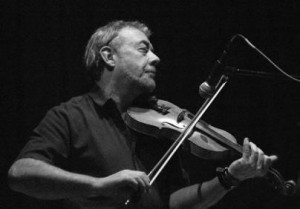
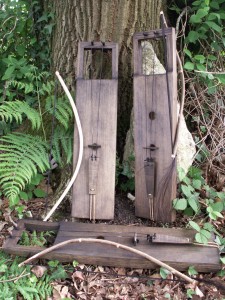
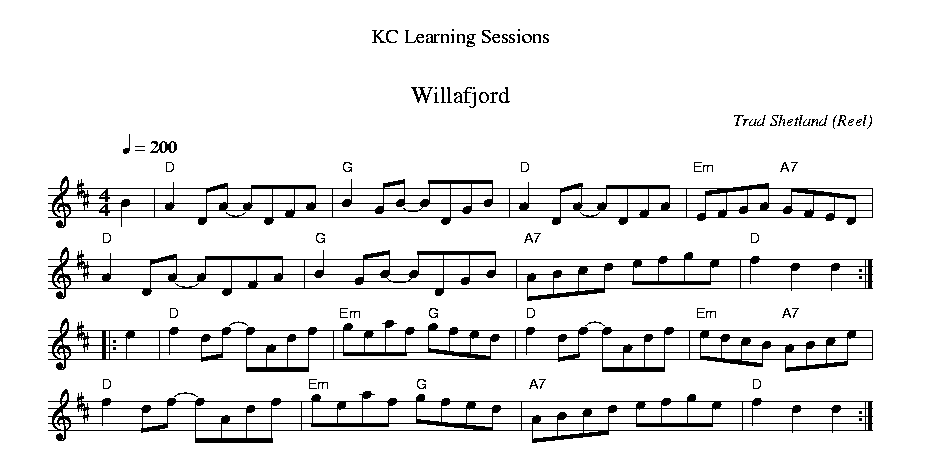
One Comment
Of course, what a magnificent site and informative posts, I will bookmark your site.Have an awsome day!